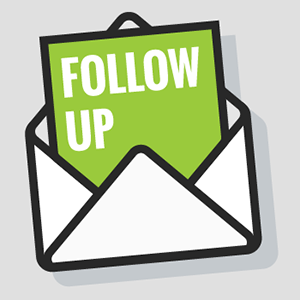 When you carve out time in your busy schedule to hold a meeting, you want to make sure you use your time effectively and make the most of your time together. However, if you aren’t communicating well, you might be ruining your meetings. Are you making these mistakes—and do you know how to keep them from ruining your meetings?
When you carve out time in your busy schedule to hold a meeting, you want to make sure you use your time effectively and make the most of your time together. However, if you aren’t communicating well, you might be ruining your meetings. Are you making these mistakes—and do you know how to keep them from ruining your meetings?
1. Forgetting the Important Information
If you have important information that should be reviewed before the meeting starts, don’t forget to share it! Not only will this ensure that everyone is on the same page, but it will also save you time in summarizing that information.
2. Having Too Few People at Your Meeting
Have you ever been at a meeting and, midway through, wished that you’d included someone? Sometimes, your meeting can grind to a halt when you don’t have that person there, even if you’re able to track them down or reschedule.
However, there are definitely ways to keep this from making too big of an impact. Did you forget someone important? Was someone not able to be there? Make sure that you take the time to catch up with them after the meeting. This can mean taking notes of all the decisions made at that meeting, keeping note of the questions that you want to ask them, and the pros and cons of undecided issues.
Of course, having too few people at your meeting isn’t the only numbers issue you might face…
3. Having Too Many People At Your Meeting
If you’ve been to enough meetings, you’ll probably have come across an overstuffed meeting before and be very familiar with the issues that these meetings face. It can be hard, with so many people, to have important points heard. And if your meeting has too many people in it, you might find yourself facing another issue…
4. Having Multiple Relevant Conversations Going on At Once
Have you ever been to a meeting where the attendees walked out of the meeting feeling like the group came to very different conclusions? One of the reasons for this might be that the meeting splintered into a few different conversations. This can easily lead to different attendees hearing different information and coming to different conclusions about what the next step is, and that can be a big problem for your projects.
So how can you fix this when two groups of people within the meeting need to address focused points? Don’t just let the meeting wander off into multiple conversations. Instead be intentional when these conversations break off, and make sure to share the decisions with the group when you come back together.
Have you made these communication mistakes? Are we missing a mistake that has impacted your meeting? We’d love to see you join the conversation in the comments below.
 Whether you are looking for a way to connect with new customers or you’re hoping to have a good conversation with other professionals, a networking event could be a great way to create those new connections. However, these events are what you make them, and creating a quality connection is as much about your skills at networking as it is about the event. Here are four networking tips you must know.
Whether you are looking for a way to connect with new customers or you’re hoping to have a good conversation with other professionals, a networking event could be a great way to create those new connections. However, these events are what you make them, and creating a quality connection is as much about your skills at networking as it is about the event. Here are four networking tips you must know. If you use social media in your personal life, you probably know many social media sites for the connections you make with friends and family. However, beyond those baby pictures and news articles you can also find a lot of potential to grow your business! Here are just a few ways that you can use social media to benefit your personalized print business.
If you use social media in your personal life, you probably know many social media sites for the connections you make with friends and family. However, beyond those baby pictures and news articles you can also find a lot of potential to grow your business! Here are just a few ways that you can use social media to benefit your personalized print business. Many times when you meet a new business connection, whether that person is a fellow entrepreneur or a potential customer, it can be a challenge to fit what you need to into that first conversation. You are busy, and so are they.
Many times when you meet a new business connection, whether that person is a fellow entrepreneur or a potential customer, it can be a challenge to fit what you need to into that first conversation. You are busy, and so are they.